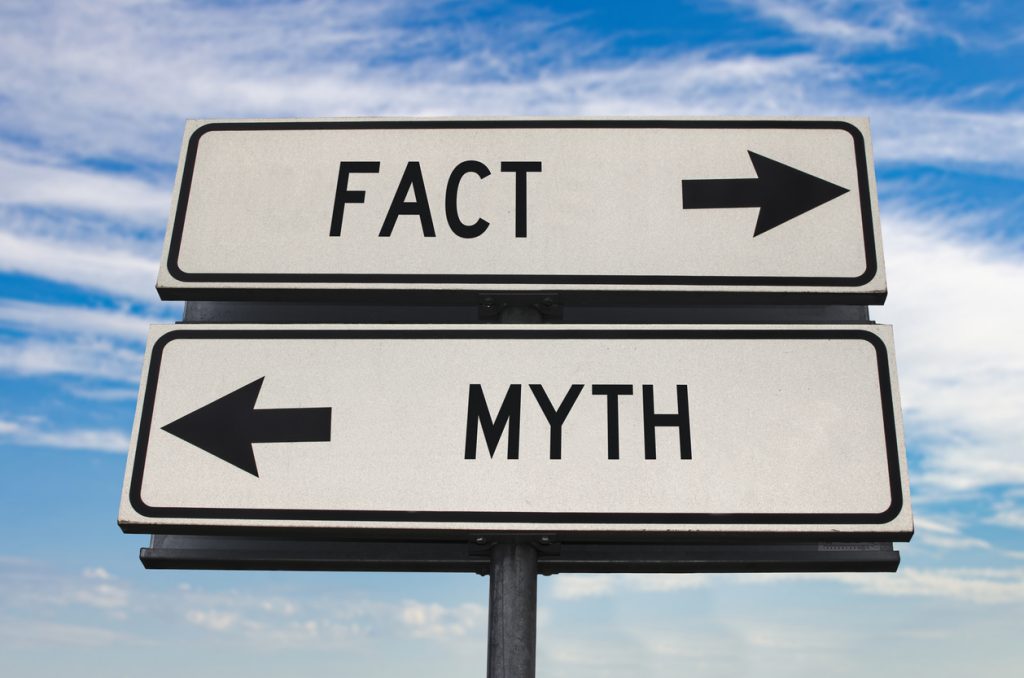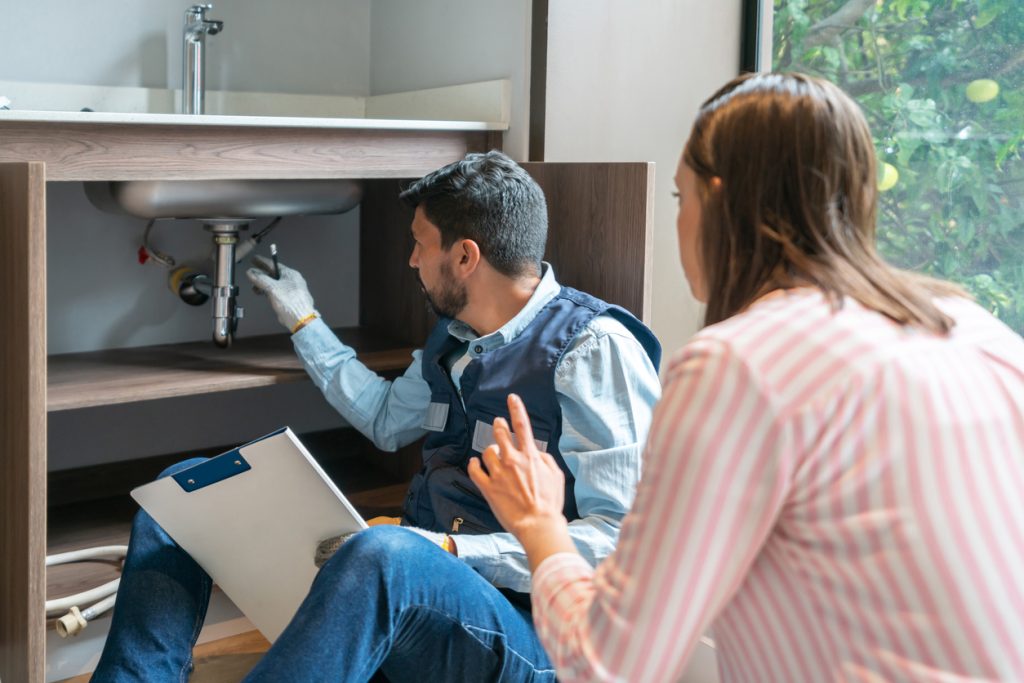Debunking Common Homeowner’s Insurance Myths

Homeowner’s insurance is a crucial safeguard for protecting your most valuable asset. However, many misconceptions surround this coverage, potentially leading homeowners to make uninformed decisions. Let’s separate fact from fiction by debunking some of the most common homeowner’s insurance myths.
Myth #1: Homeowner’s Insurance is Legally Required
Fact: While homeowner’s insurance is not mandated by law in most states, including Florida, it’s often required by mortgage lenders to protect their investment. Even if you’ve paid off your mortgage, having homeowner’s insurance is still a wise financial decision. It protects you from potentially devastating losses due to fire, theft, natural disasters, and liability claims.
Myth #2: Homeowner’s Insurance Covers All Natural Disasters
Fact: Standard homeowner’s insurance policies typically cover damage from fire, wind, hail, and lightning. However, they often exclude coverage for floods and earthquakes. If you live in an area prone to these risks, you may need to purchase separate policies or endorsements to ensure comprehensive protection.
Myth #3: Your Home’s Market Value Determines Your Insurance Coverage
Fact: Your insurance coverage should be based on your home’s replacement cost, not its market value. The replacement cost is what it would take to rebuild your home from the ground up using similar materials and craftsmanship. This amount can differ significantly from your home’s market value, which is influenced by factors like location and local real estate trends.
Myth #4: Homeowner’s Insurance Covers All Your Belongings
Fact: While homeowner’s insurance does provide coverage for personal belongings, there are often limits on high-value items like jewelry, electronics, or art. You may need additional riders or endorsements to fully protect these valuable possessions. It’s essential to create a home inventory and discuss your coverage needs with your insurance agent.
Myth #5: Older Homes Are Cheaper to Insure
Fact: Contrary to popular belief, older homes often cost more to insure than newer ones. This is because older homes may have outdated building materials, electrical systems, or plumbing that are more prone to damage. Additionally, repairing or rebuilding an older home to meet current building codes can be more expensive.
Myth #6: Homeowner’s Insurance Covers Pest Infestations and Mold
Fact: Most standard homeowner’s insurance policies do not cover damage caused by pests or mold infestations. These issues are typically considered maintenance problems that fall under the homeowner’s responsibility. However, if a covered peril (like a burst pipe) leads to mold growth, your policy might cover the damage.
Myth #7: Home Maintenance Issues Are Covered
Fact: Homeowner’s insurance is designed to cover sudden and accidental damage, not wear and tear or lack of maintenance. Regular upkeep of your home, such as replacing an old roof or fixing leaky pipes, is the homeowner’s responsibility. Neglecting these tasks could even lead to claim denials if they result in more significant damage.

Myth #8: Your Landlord’s Insurance Covers Renters
Fact: If you’re renting, your landlord’s insurance only covers the building structure, not your personal belongings. To protect your possessions and have liability coverage, you need a separate renter’s insurance policy. This is often an affordable way to ensure you’re not left financially vulnerable in case of theft, fire, or other covered events.
Myth #9: Home-Based Businesses Are Automatically Covered
Fact: Standard homeowner’s insurance policies typically provide limited, if any, coverage for home-based businesses. If you run a business from home, you may need additional coverage or a separate business insurance policy to protect your business assets and liability.
Myth #10: Filing a Claim Always Increases Your Premiums
Fact: While it’s true that your claim history can affect your premiums, filing a single claim doesn’t necessarily mean your rates will skyrocket. However, multiple claims in a short period are more likely to impact your premiums. It’s wise to compare the repair costs to your deductible when deciding whether to file a claim.
Understanding these realities and myths about homeowner’s insurance can help you make more informed decisions about your coverage. Remember, every home and situation is unique, so discussing your specific needs with a qualified insurance professional, like a Blanchard Insurance agent is essential. We can help ensure you have the right coverage to protect your home and belongings without paying for unnecessary extras.
By dispelling these common myths, we hope you’re better equipped to navigate the world of homeowner’s insurance and secure the protection you need for your most valuable asset.
Click HERE to get an insurance quote TODAY!